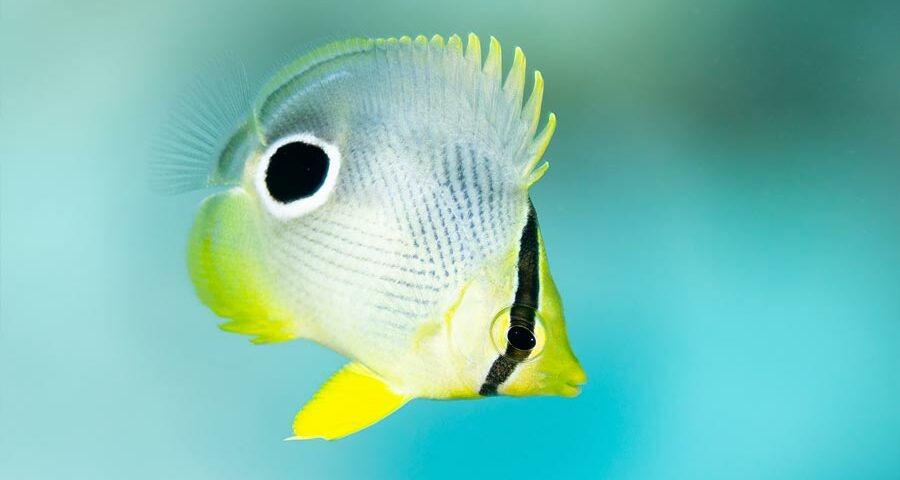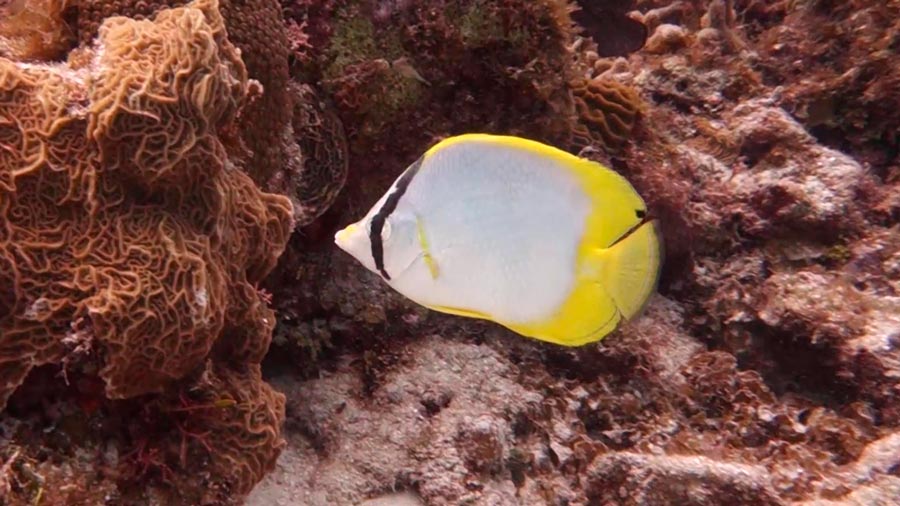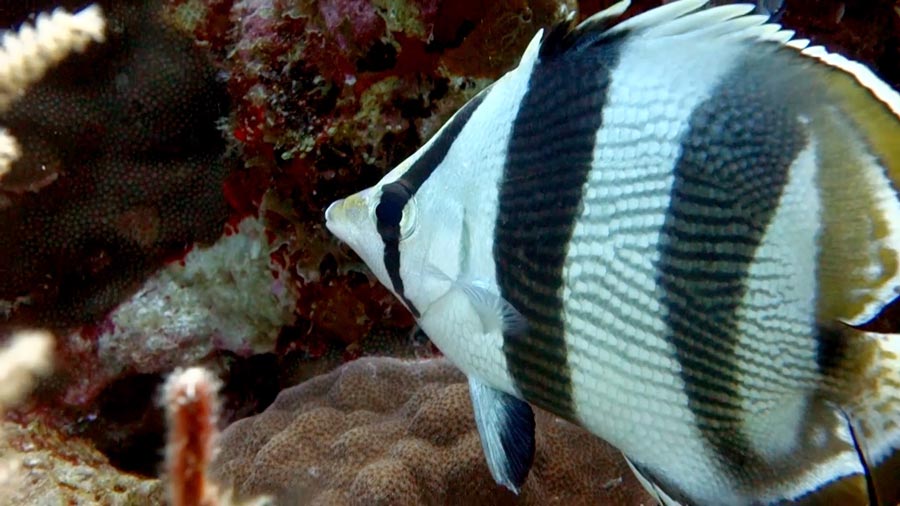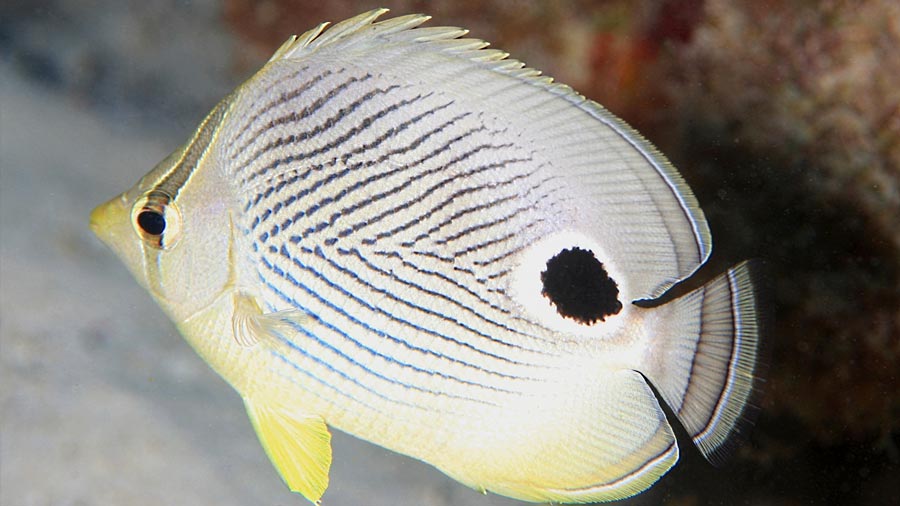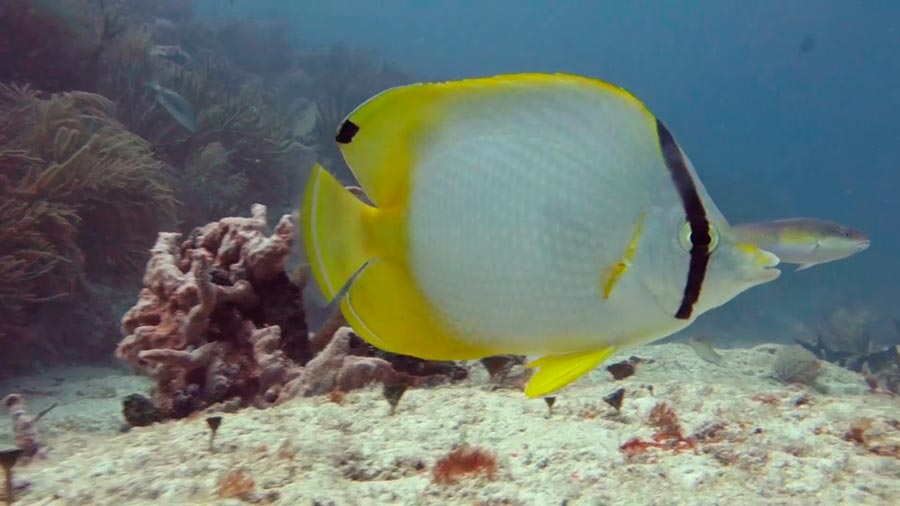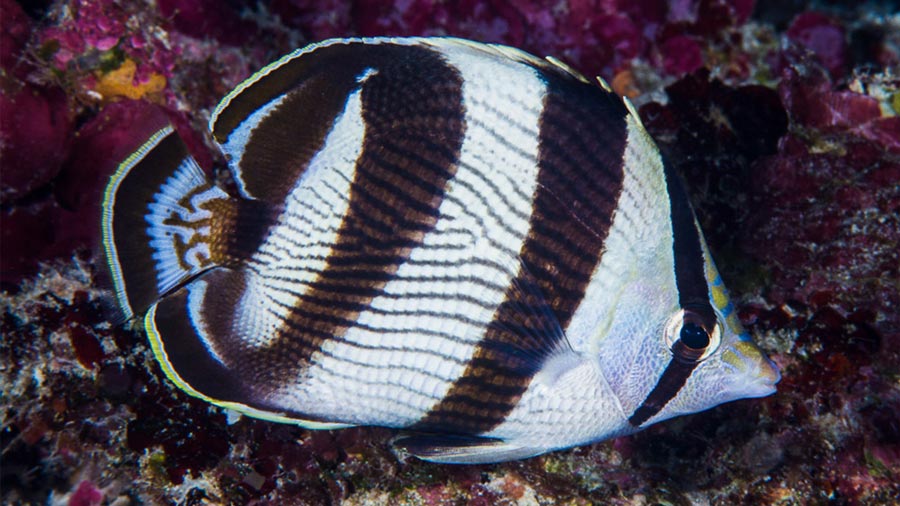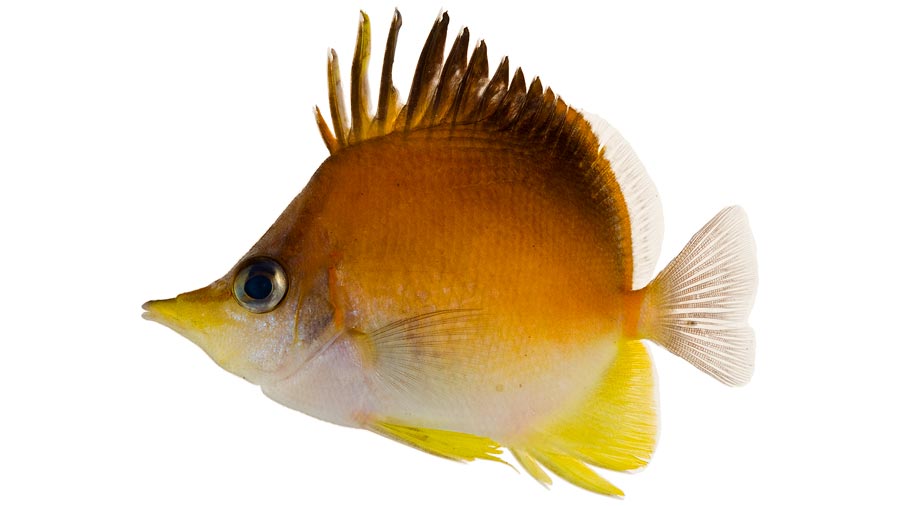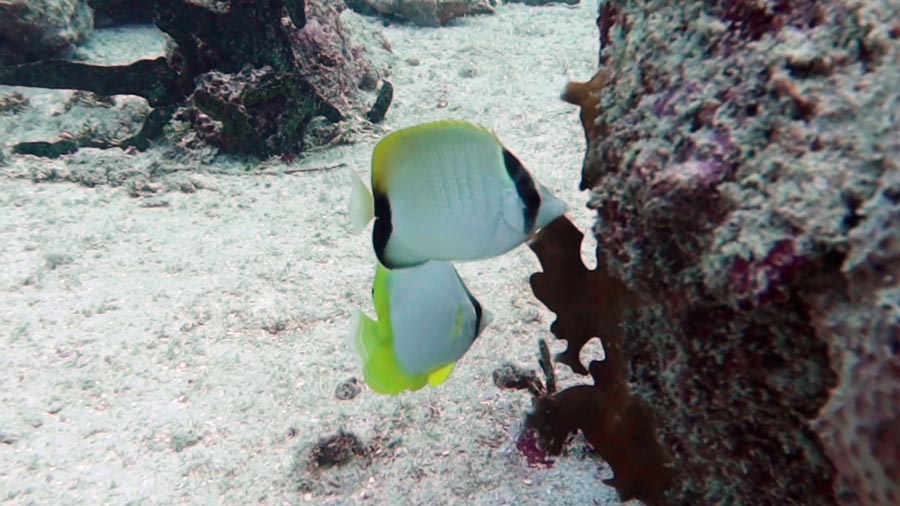There are many butterfly fish facts. For example, we could tell you facts about the butterfly fish from Animal Crossing, the video game. However, we are sure that you, the diver, prefer real fish. We could tell you facts about aquarium butterfly fish, but we, nature lovers, adore fish that are free in the sea. We could also write an article entitled “7 freshwater butterfly fish facts”, but we would have to invent them because we see Caribbean butterfly fish face to face. So, we are going to talk about them.
The goal of this post is to improve your diving experience. In this article, we do not offer you advice, techniques, or statistics about diving. On this occasion, we offer you facts about the butterflyfish.
It is a family with 7 species you will see, for sure, diving in the Caribbean with Dressel Divers. In this way, the next time you dive and see one of these beautiful fish, you will know much more about them, and you will be able to enjoy the dive to the fullest.




